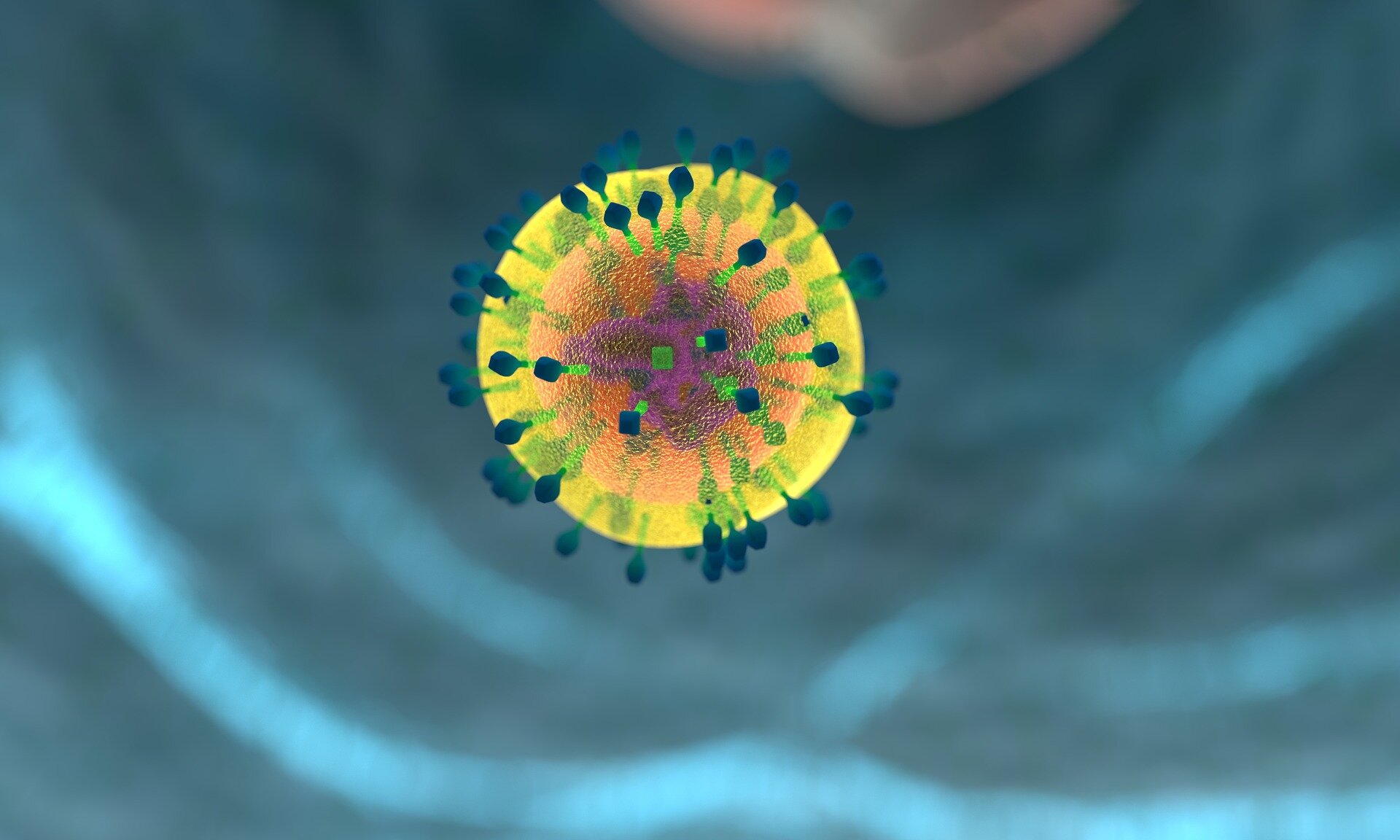Earlier this summer health officials described nine H5N1 avian flu infections in Colorado poultry cullers, and today a team from the Centers for Disease Control and Prevention (CDC) and their partners at the Colorado Department of Public Health (CDPH) spelled out full investigation and response details and the lessons they learned during the response.
The culling teams—mainly Spanish-speaking migrant workers—were hired as contractors following two H5N1 outbreaks at massive layer farms that occurred within a week of each other in July in Weld County, which has been the state’s hot spot for outbreaks in dairy cows. The team published its findings today in the latest edition of Morbidity and Mortality Weekly Report.
In the first outbreak, confirmed on July 8, a team of about 250 contract workers began culling the following day. Two days later, Colorado agriculture officials were notified that several workers were sick, prompting testing and empiric treatment with oseltamivir by a state health department field team. The CDPH delivered personal protective equipment (PPE) and distributed oseltamivir (Tamiflu) to all workers, regardless of symptoms.
On July 14, poultry at another large layer farm tested positive for the virus, and the following day a team of about 400 contract workers began culling operations as the CDPH distributed goggles and N95 respirators. Health officials observed high compliance with PPE use and offered routine screening and empiric oseltamivir over six visits.
Some with symptoms had COVID
Between the two locations, 109 of the 663 workers reported symptoms and agreed to testing. Of those, 9 (8.3%) were positive for H5 avian flu and 19 (17.4%) were positive for COVID-19.
Five of the infected workers were women. All nine had conjunctivitis and other mild symptoms.
Investigators said the symptoms were similar to those reported by workers who got sick after exposure to H5N1-infected dairy cows.
Though they couldn’t rule out environmental contamination—such as noninfectious viral particles carried in the nose or eye—they said the evidence leans toward actual infections. Which is especially likely because four of the nine people who tested positive were swabbed in the morning, before exposure to environmental or occupational contamination that day. Also, virus was isolated from the clinical specimens of five patients.
Multilingual response teams were key
Exposure risks included having to catch and handle each live bird and inconsistent or improper PPE use in a setting where hundreds of workers were urgently hired for poultry depopulation. Extreme heat also added to PPE compliance challenges.
The clusters in poultry workers emphasize the ongoing threat of H5N1 to people who have close contact with infected animals, the team wrote, adding that early response with multilingual teams were crucial for building trust, conducting screening, and providing treatment.
Public health agencies should proactively prepare for additional human cases in both dairy and poultry facilities.
“Given the continued circulation of this virus in the United States, public health agencies should proactively prepare for additional human cases in both dairy and poultry facilities,” the authors concluded.
“This preparation should include distributing PPE; training public health field teams on proper PPE use; determining the logistics of large-scale screening, specimen collection, and laboratory testing to distinguish influenza A(H5) virus from seasonal respiratory viruses; acquiring oseltamivir; and developing standardized protocols for empiric treatment or [post-exposure prevention] with oseltamivir.”







